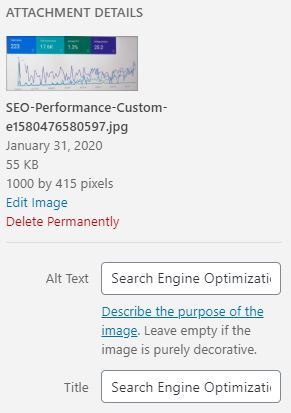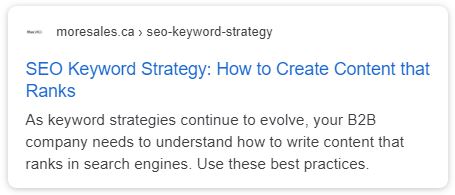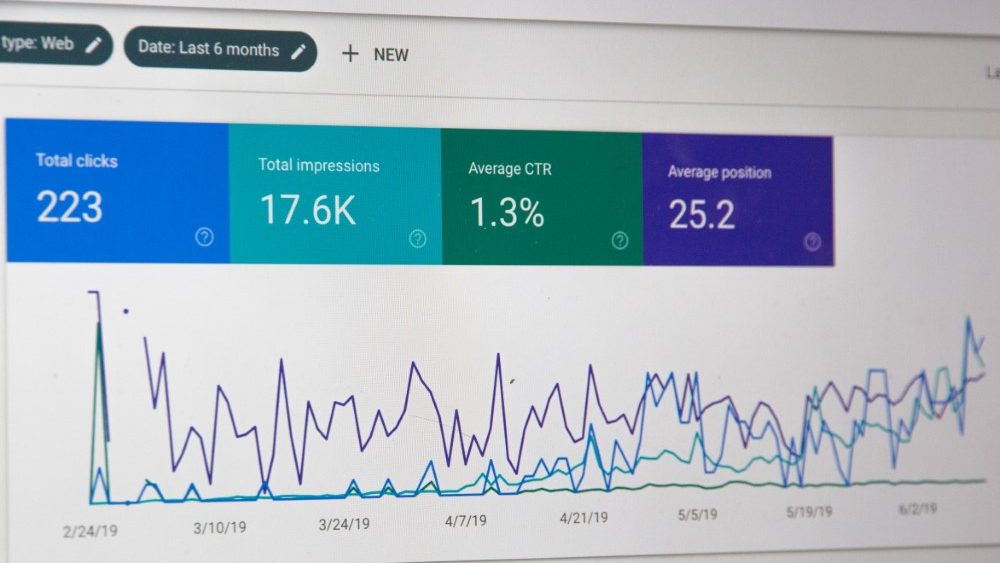Search engine optimization (SEO) used to be synonymous with keyword strategy. In the dark ages of digital marketing, content developers used what are now known as “black hat” SEO strategies such as keyword stuffing. This artificially inflated their content’s value and led to high placement in search engine results pages (SERPs). However, for more than a decade, search engine algorithms have become significantly better at assessing keyword use and now it’s only possible to rank if you’re using keywords naturally.
SEO keyword strategy incorporates several tactics aimed at positioning your content for success. This includes keyword research, selection and placement.
Keywords are the basis of an effective content marketing strategy. Without using the terms your audience is searching for, it’s difficult if not impossible to connect with them and leave a favourable impression. B2B firms need to research keywords for products, services and industries served, then create keyword-rich, educational content that addresses a specific problem or opportunity.
Why an SEO Keyword Strategy is Critical in 2020
Many B2B companies approach content marketing from a standpoint of “if we create it, people will see it”. Unfortunately, with global competition for online clicks, you can’t expect to rank for keywords unless you put time and effort into the process. As a digital marketing agency, we see many businesses approach the content process out of necessity rather than opportunity. This leads to creating content that falls flat because it doesn’t deliver value and isn’t tied to a solid keyword strategy.
SEO keyword strategy provides the opportunity to identify the terms your audience uses most frequently, then implement those phrases in online content. Using a series of best-practices, you can establish trust and generate new leads without using your sales team.
Moving into the 2020s, keyword strategy only becomes more important. Search engines are programmed to sift through enormous amounts of data to understand what web pages to serve to searchers. With more searches being performed every day, your business needs to be found when people type in key terms. Without an online presence that’s centred around SEO, your website and business will underperform compared to the competition.
61% of marketers say improving SEO and growing their organic presence is their top inbound marketing priority.
Source: HubSpot
How to Find the Best Keywords to Use
B2B content marketing strategies rely on choosing the right keywords that connect your business with its target audience. To achieve this, it’s often best to find a data-driven keyword tool like Google Keyword Planner (free) or SEMRush (paid) that identify how many searches are performed for a keyword over a given timeframe. These tools can help show whether the keywords you want to use are popular with searchers, how difficult it may be to rank for that keyword, and similar keywords that might be of use.
Finding the right keywords comes down to how you assess the data and build a web of inter-related keywords that relate to your content’s main topic. This approach ensures there’s interest for your keyword(s) and helps expand your list.
Ultimately you should plan to use 4-6 keywords that have relatively high search traffic with relatively low competition. This will make it easier for your content to rank for a variety of searches, with low barrier to entry/ranking and many keyword-based signals that the search engine will use to assess your content’s value. Identifying keywords before you start writing content ensures you stay on-track to deliver what your audience is looking for.

Keyword Selection Tip 1: Use Long-Tailed Keywords
For those newer to content marketing, just finding applicable keywords can be a challenge. It’s okay to start there, but consider that to maximize your SEO value, content should be positioned around long-tailed keywords. “Long-tailed” implies that the keyword is a minimum 3-4 words long and can be broken down into smaller keywords that could still drive traffic.
Organic SERP clickthrough rates are higher for long-tail keywords (three to four words) than generic keywords (one to two words) by between 3 to 5%.
Source: HubSpot
For example, “keyword strategies” would be considered a short-tailed keyword whereas “SEO keyword strategies for B2B content development” is long-tailed. You can focus on many short-tailed keywords, but search for and try to implement at least one long-tailed keyword throughout your digital content.
Keyword Selection Tip 2: Use Synonyms
Think you’ve exhausted your possible list of key terms or phrases? If you’re struggling to find keywords related to the content you wish to talk about, try searching for synonyms. You may be surprised that people are searching for that type of content, but use different language than you might use. This happens all the time and in a wide range of industries.
Keep trying an assortment of keyword combinations until you find some that offer worthwhile monthly search ranges. For businesses operating in niche industries, this may be as little as 10-100 monthly searches in your target market. For larger industries, keep trying new keyword combinations until you’ve found some with 100-1000 or more monthly searches. Of course, you’ll want to cross-reference monthly search volume with a difficulty score that shows how difficult it might be to rank for those search terms versus those sites that already rank where you want to.
Keyword Selection Tip 3: Consider Intent
Synonyms aren’t just helpful for matching your topic to what people search for, it also helps to demonstrate your mastery of the subject. By creating articles that reference a wide range of related terminology, it’s a signal to search engines that your content is valuable, well-researched and will help to provide readers with a complete understanding of the topic.
As Google and other search engines begin to focus more on intent (i.e. what a searcher really wants based on the way the enter a keyword), you need to focus on building content that addresses multiple question areas related to the topic. Focus on answering common questions and weave in a variety of keywords to help searchers find your post.
Keyword Selection Tip 4: Pick Keywords Likely to Yield Results
While you may use monthly keyword search volume and competition scores to choose keywords, another way to approach this is to observe topics where you already rank fairly well – but not on the first page. Keywords where you currently rank on page two or three of the search results may be the easiest topics to talk about – and creating more high-quality content around these topics can help breakthrough onto page one.
Start by analysing your current search engine ranking positions to identify non-branded (i.e. not including company name or product) keywords and consider if you could either optimize the current content OR create supplemental content that approaches the topic from a slightly different perspective. New content could either focus on a different stage of the customer journey or branch out and discuss the relationship of your main topic to a sub-topic.
How to Use Keywords in the Content
Now that you’ve developed a list of keywords to use for your upcoming website article, it’s critical to understand how to use them. There are four main areas in your blog that should be structured around keywords, including:
- Headings
- Blog body text
- Media elements
- Meta data used by search engines
Heading Keyword Placement
Headings are by far one of the most important places to use your selected keywords. This includes using it in your main article title and in subheadings (heading levels 2-4) Not only does this show to search engines that you’re creating content focused on that topic, but it also helps you as a writer keep your focus (and any sub-topics) top-of-mind as you write. Try to use your focus/main keyword towards the beginning of your headings, and use it at a minimum in your title, but also use it where logical in subheadings.
Body Text Keyword Placement
Depending on the length of your article, try to include your focus keyword and at least three to five other supporting keywords in the text. The first paragraph of your article is the most important area to include the focus keyword as it sets the stage for the rest of your article. Show search engines you’re placing a clear focus on a keyword by using it – but not stuffing it in wherever you can. Balance is key.
Media Keyword Placement
Keywords can be used in areas beyond what most website visitors see. Media assets like images and videos are great places to use keywords and enable you to string together long-tailed keywords that might not be possible through natural text.
32% of marketers say visual images are the most important form of content for their businesses.
Source: HubSpot
Media titles and alternative (alt) text help search engines understand what the media is about, so tell it that it’s related to the keywords you’re focusing on and this will help the content to rank – both as the full article and as singular media items. This is especially important now that Google and other engines deliver image results in-line with webpages.

Meta Keyword Placement
Finally, don’t forget meta data when writing and/or posting your content. Meta data gives publishers the ability to tell search engines how to preview the page to searchers. While Google and related search engines can use whatever text they think accurately reflects the page’s content, publishers can customize this to improve keyword integration.

While meta title is used to factor into SEO, meta description does not. Therefore, the ultimate strategy is to build keywords into your meta title but optimize the meta description to be as user-friendly and interesting as possible. Meta description should always be written for your audience, while meta title must consider both the reader and how search engines read it.
Support to Develop or Guide Your SEO Keyword Strategy
SEO keyword strategy is one element of a high-impact content marketing plan. It’s the basis needed to expand your website’s organic search traffic, but alone cannot guarantee any quantifiable success. Your business also needs to write a compelling article and post it to an optimized website that empowers users to learn and become more engaged.
Our digital marketing specialists can review your current processes and recommend a sustainable, growth-oriented plan that helps you rank in search engines. If your B2B company wants to consult a team of experts on SEO strategies and content development, contact MoreSALES.





Comments are closed.